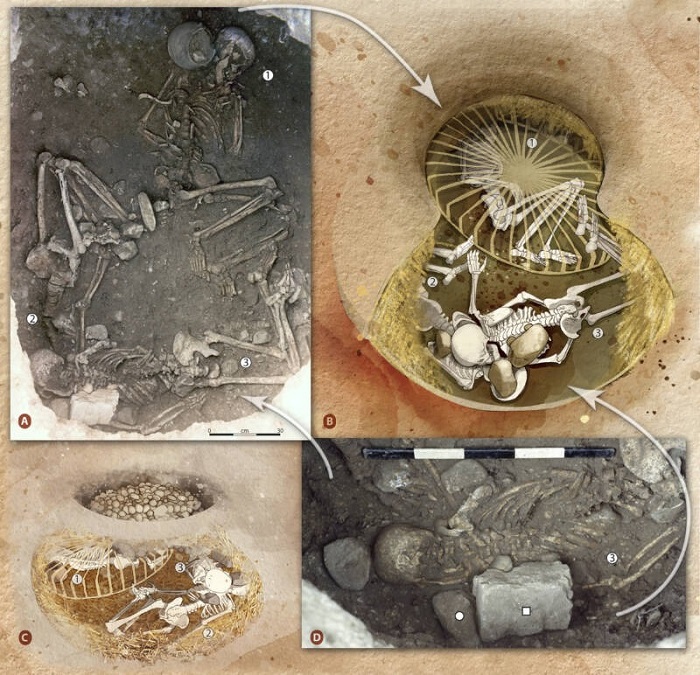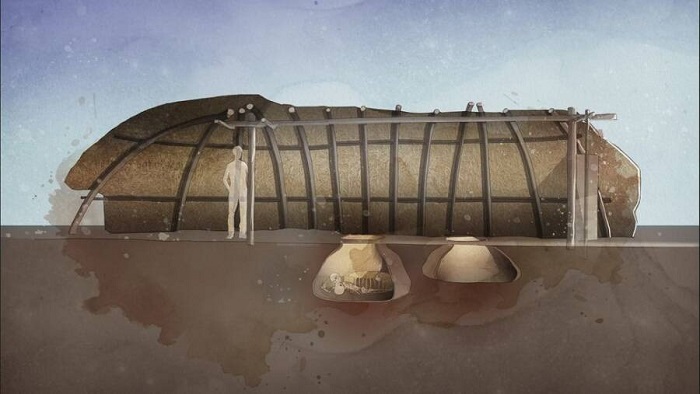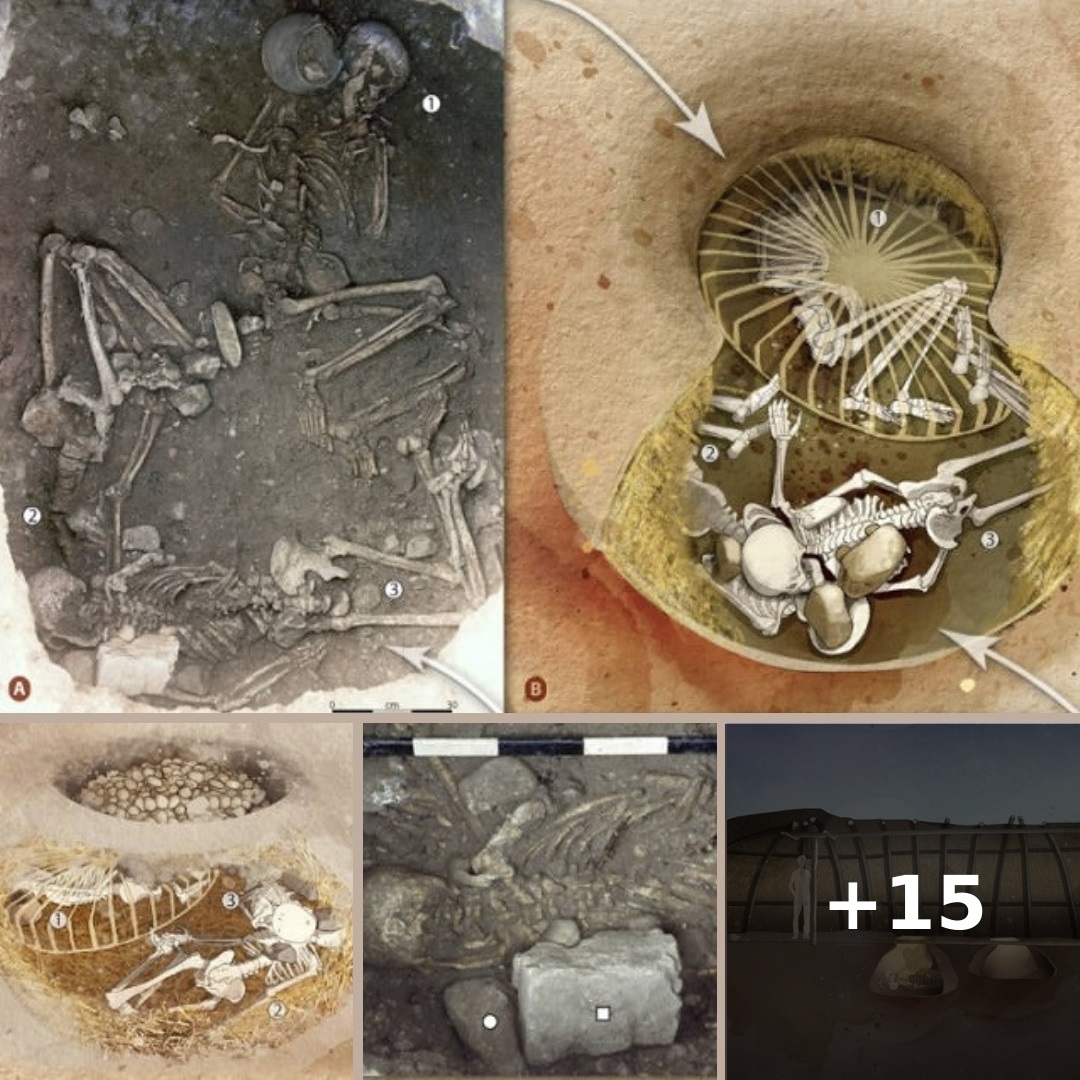Researchers believe Neolithic humans used a method called incaprettamento to sacrifice victims across Europe during agricultural rituals over a span of at least 2,000 years.

Anew study postulates that Neolithic Europeans practiced ritual human sacrifice via self-asphyxiation between 5400 B.C.E. and 3500 B.C.E.
The research is based on the initial discovery of the remains of three Neolithic women in Avignon, France, as well as 19 other burials across Europe spanning 2,000 years of ancient history.
Despite the study’s findings, however, some scholars remain hesitant to view self-asphyxiation as a common sacrifice tactic during this period in human history.
A Scene Of Possible Human Sacrifice In France
In 1984, biological anthropologist Eric Crubézy discovered a burial pit containing the remains of three Neolithic women in France’s Rhône Valley. Two of the women were positioned peculiarly, lying atop one another with their legs pulled up behind them.
“I thought it was unique,” Crubézy recalled to Science.
Crubézy tucked away the scene in his memory for over 40 years, never truly knowing what happened to the women. Then, while skimming an article about Italian Mafia torture tactics decades later, Crubézy came across incaprettamento — the act of pulling someone’s legs behind their back and tying them to their neck, ultimately causing them to asphyxiate.
“It’s really a horror,” Crubézy stated to Science. “It’s very cruel. You’re forcing people to strangle themselves.”
The act reminded Crubézy of the burial pit in the Rhône Valley. Two of the women had died in unnatural positions reminiscent of incaprettamento.
With this information, Crubézy and other researchers across Europe recently published their new hypothesis in the journal Science Advances.
According to their study, incaprettamento didn’t only kill the two women in France — it was part of a larger tradition of ritual human sacrifice across Neolithic Europe.
Self-Strangulation Sacrifices Among Neolithic Groups Across Europe

According to the researchers’ study, incaprettamento was a widespread tradition among Neolithic groups in Europe. The team analyzed 15 burial sites from the Iberian peninsula to Poland containing the remains of 20 people buried in positions that suggested they’d died from incaprettamento.
“We can say this special torture was a common practice in all these sites,” Crubézy stated to Science.
The team believes that different groups in Europe practiced the same brutal sacrifice ritual during ceremonies. During this period in history, Europeans were starting to develop agriculture. This led Neolithic groups to gather for fertility and harvest ceremonies.
Evidence of this appears at the site in Avignon, France. The women were buried in a pit similar to a silo where Neolithic Europeans would have stored grain. Alongside the human remains, researchers found grindstones, animal bones, and tools, evidence that a large gathering of people came together there to celebrate something.
Penny Bickle, an archaeologist from the University of York who was not involved in the study, stated to Science that “the idea that there are fertility rituals that may have fed into human sacrifice seems very likely.”
Are All These Human Sacrifices Linked?
However, many scholars believe that there is not enough evidence to suggest that this type of human sacrifice was commonplace among Neolithic Europeans for the same purpose.
“I’m convinced that there are living sacrifices, but when it comes to the idea that there is some unifying cosmology at work for that length of time, I’m more cautious,” Bickle stated to Science. “They’re all farmers, but are people doing exactly the same thing for the same reason? I’m not convinced.”
In response, the study authors reiterated that similar remains appear across a 2,000-year period, and the practice likely evolved from community to community.
“This cultural phenomenon could have diversified in Central Europe and structured itself at different rates for almost two millennia before culminating in the late Middle Neolithic,” the authors concluded in their study.
However, researchers will have to find more evidence to confirm that self-asphyxiation was a common sacrificial tactic across Neolithic European communities for fertility purposes.
After learning about the discovery of Neolithic human sacrifice victims in France, discover nine of the world’s oldest structures and the stories behind them. Then, read about Ötzi, the oldest preserved human being ever found.

